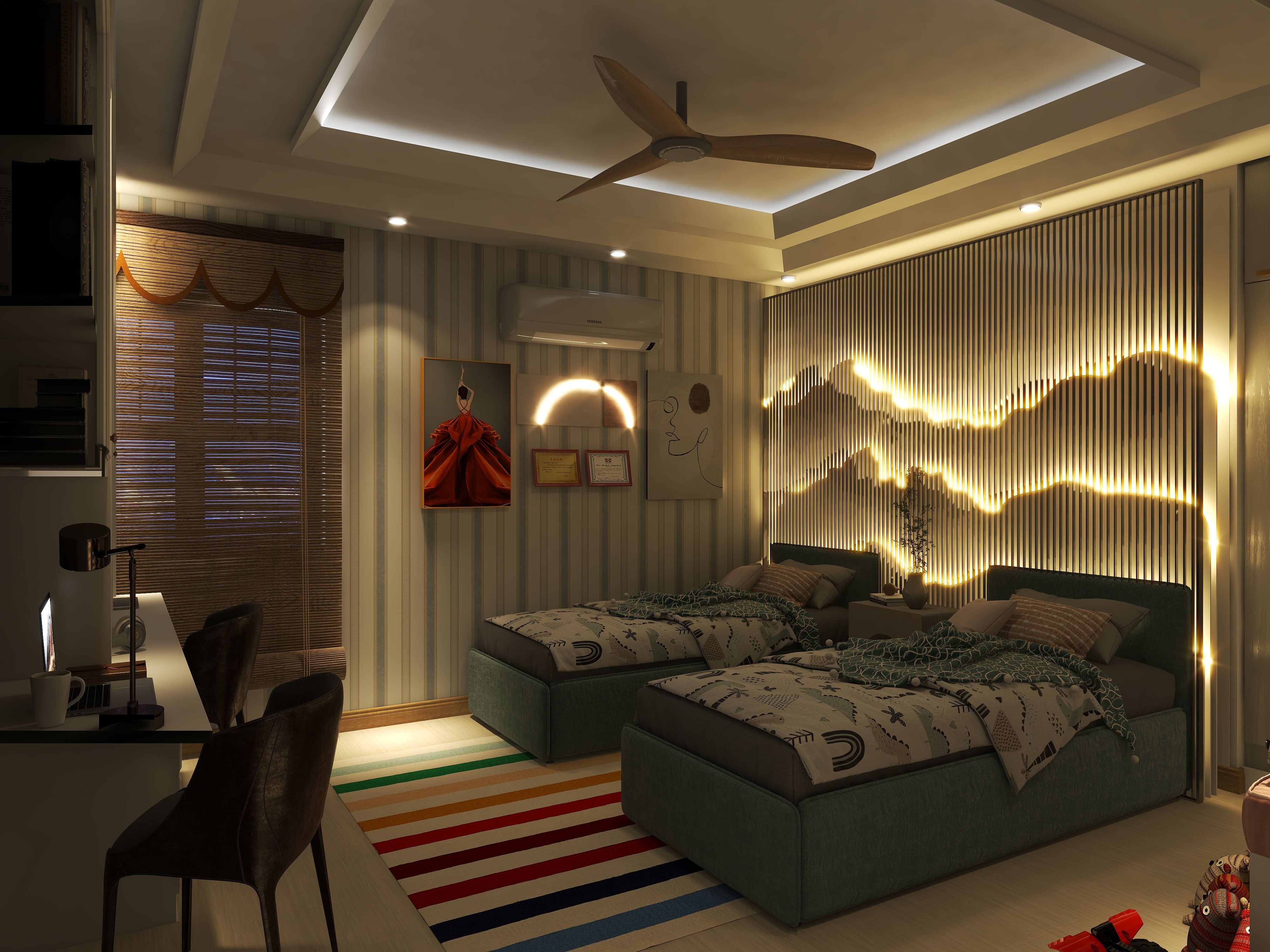architectural layout floor plan: Understanding the Essentials of Architectural Layouts and Floor Plans

Creating an architectural layout floor plan is a critical component in the world of interior design and architecture. A well-thought-out floor plan not only serves as a blueprint for construction but also greatly influences the functionality and aesthetics of a space. The floor plan acts like a visual guide that helps architects, designers, and clients visualize how the space will be utilized before any actual building begins. When designing a floor plan, it's essential to consider the flow of movement within the space. This involves understanding how people will navigate through the rooms and how the different areas will connect with each other. For instance, the placement of doors, windows, and furniture should facilitate easy movement and accessibility. Additionally, one should also think about how natural light will enter the space, as this can dramatically affect the ambience and overall appeal of the interior. Apart from functionality, aesthetics play a crucial role in the design of a floor plan. The layout should reflect the style and personality of the occupants. Whether it's a cozy cottage or a lavish penthouse, the floor plan should incorporate elements that resonate with the owner's taste. Furthermore, with advancements in technology, many designers now utilize software like Coohom to create detailed 3D models of their floor plans. This software allows users to visualize their designs in real-time and make necessary adjustments, ensuring that the final outcome aligns with their vision. In addition to visual tools, understanding the principles of space planning is vital. This includes knowledge of zoning, which refers to the organization of spaces based on their functions. For instance, private areas like bedrooms should be located away from public areas such as living rooms or kitchens. This separation helps maintain privacy and reduces noise during gatherings or family activities. Moreover, integrating storage solutions into a floor plan can significantly enhance the functionality of a space. Incorporating built-in cabinets, shelves, and closets can help keep a room clutter-free, making it more appealing. As you embark on your journey to create an architectural layout floor plan, remember to gather inspiration from various sources. Online platforms offer a wealth of ideas from fellow design enthusiasts. Coohom provides millions of design inspirations and furniture models that can help spark your creativity. Additionally, collaborating with other designers can provide valuable insights and different perspectives that can enhance your design process. Lastly, always be open to feedback. Whether it's from clients or peers, constructive criticism can lead to improvements and innovations in your designs. Embrace the learning process, and don't hesitate to experiment with different styles and layouts. The world of interior design is ever-evolving, and staying updated with the latest trends will keep your work fresh and relevant.
Tips 1:
When creating your floor plan, consider using software tools that offer 3D visualization capabilities. This will not only make the design process more intuitive but will also allow you to present your ideas to clients effectively.
FAQ
Q: What is an architectural layout floor plan? A: An architectural layout floor plan is a detailed drawing that outlines the arrangement of spaces within a building, including walls, doors, and windows.
Q: Why is it important to have a good floor plan? A: A good floor plan ensures efficient use of space, enhances functionality, and improves the overall aesthetic of a building.
Q: Can I use software to create my floor plan? A: Yes, software like Coohom provides tools for designing detailed floor plans with 3D visualization.
welcome to Coohom
Please check with customer service before testing new feature.

